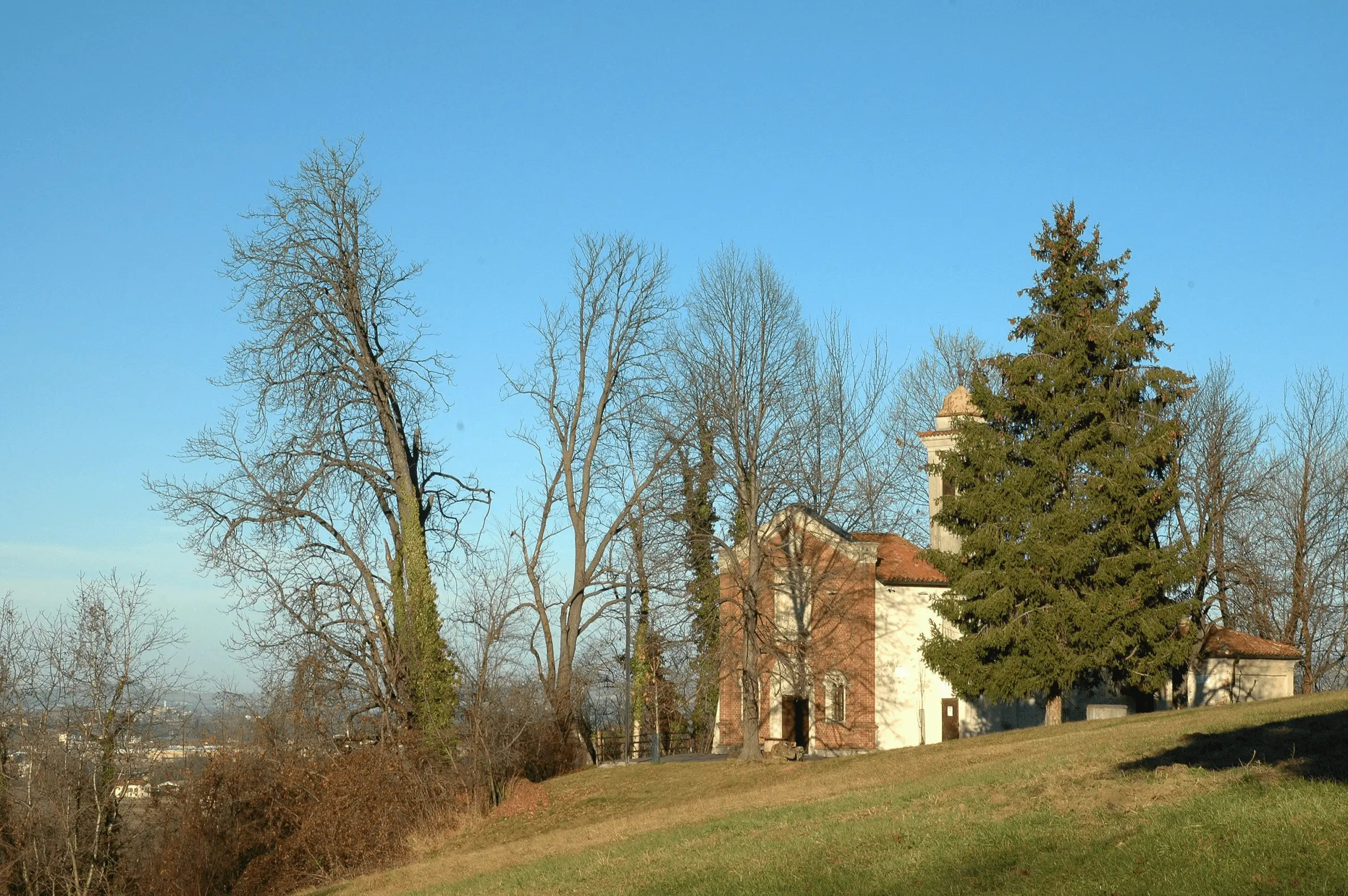A name that links Territory, Art and Environment
The name VIA comes from the crossroads between MondoVI’ e VIcoforte, two of the most important centers of the Alta Langa, from which the artistic routes unfold. VIA is also the A for Art and the A for Ambiance.
VIA is an association to disclose the cultural and tourist values and the naturalistic and artistic heritage of the Monregalese area through initiatives that range from visual arts to all other contemporary artistic expressions, music, literature, cinema, performing arts… connecting cultural aspects with attention to the environment and sustainability.
We believe in slow tourism, “at a walking pace”, respectful of spaces and environmental resources. This leads, through easy paths between culture and nature, to the discovery of small hidden treasures.
VIA is committed to weaving connections among the villages of the Monregalese area, to make the Landandart project an increasingly widespread reality, and to create contacts and exchanges between the different souls of this territory, cultural, naturalistic, but also food, wine and sport. VIA has the ambition of making itself known nationally and internationally by involving world-famous interlocutors.

The Landandart project
(Walking for Art)
between tradition and contemporaneity
The title is a Chinese box of meanings, whether read in English or as an expression in the Piedmontese dialect. The starting points, real and symbolic, are the many small chapels that characterize the Monregalese area and which represent an important religious and artistic heritage to be preserved and enhanced.
The Landandart project
(Walking for Art)
between tradition and contemporaneity
The title is a Chinese box of meanings, whether read in English or as an expression in the Piedmontese dialect. The starting points, real and symbolic, are the many small chapels that characterize the Monregalese area and which represent an important religious and artistic heritage to be preserved and enhanced.
The artistic importance of these small religious buildings and their often rural or even woodland locations, off the beaten track, have made it easy to imagine their interaction with contemporary artistic languages.


This architecture and landscape are therefore the backdrop to site-specific interventions of contemporary art, which commune with their surroundings in a surprising melange of the ancient, contemporary, natural, and artistic, confusing different planes and boundaries. At the same time, on particular occasions, the chapels will be the stage for shows and events.

